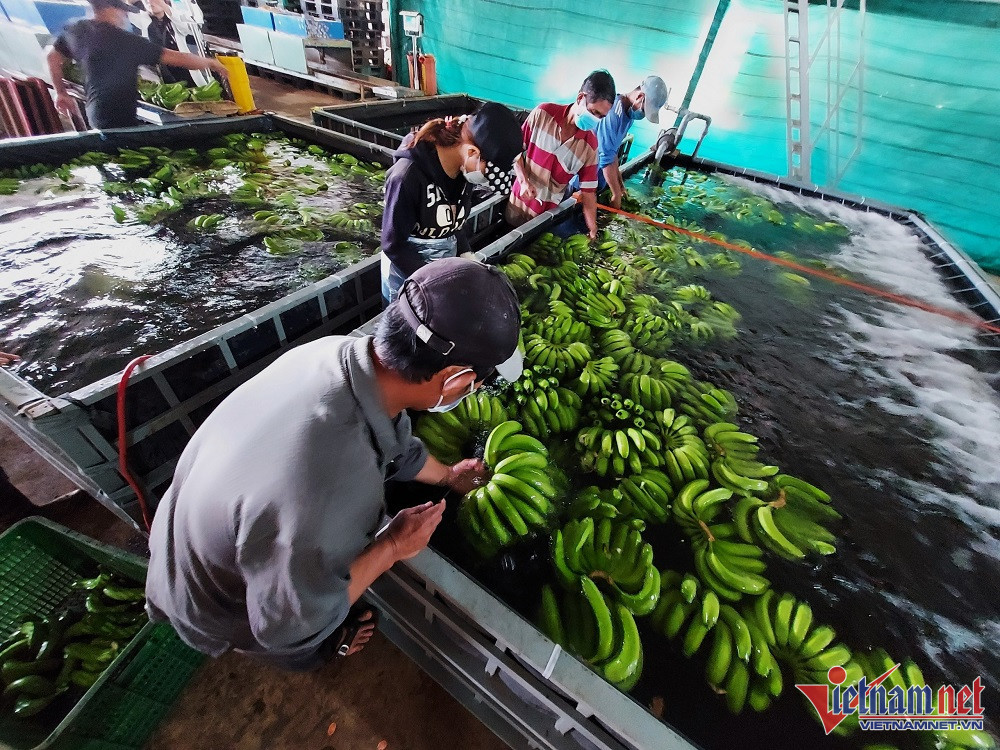
Dong Nai People’s Committee on February 22 along with the Ministry of Agriculture and Rural Development (MARD) organized a new-year banana export ceremony.
There are 13,149 hectares devoted to bananas in the southern province, the largest banana producer in Vietnam, accounting for 8.5 percent of the total banana growing area of the country.
This is also the locality that leads in the number of farming area codes granted by Vietnamese and Chinese agencies, with 30 farming areas and a total area of 5,669 hectares, or 43 percent of the province’s banana area.
The average banana yield in Dong Nai is 40-45 tons per hectare and the average net income is VND200 million per hectare per annum.
In 2022 and early 2023, 29 packing facilities and 21 banana growing areas in the locality received codes for export to China. The province has exported over 400,000 tons of bananas since then, while the figure is expected to reach 500,000 tons this year.
Dong Nai’s bananas are exported to China, South Korea, Japan and Malaysia, while exports to China account for the largest proportion.
Chinese Consul General in HCM City Wei Huaxiang said Dong Nai’s fresh bananas are delicious and they can meet phytosanitary requirements.
China is a market with great potential. Chinese agencies are ready to help farmers and companies advertise Vietnam’s fresh banana brand in the vast market with billions of consumers.
Chinese customs agencies report that in the first nine months of 2022, China spent $213.4 million to import bananas from Vietnam, an increase of 49.2 percent over the same period of the year before.
In Q3 2022, Vietnam surpassed the Philippines to become the biggest banana supplier to China.
A representative of Kelly Swangle International said that in the past 3-5 years, Vietnam’s bananas have become a strong rival for the Philippines in China.
However, experts, while saying that the Chinese market has opened to Vietnam’s bananas, Vietnam won’t be able to conquer the market unless its producers can satisfy consumers’ requirements and observe the rules.
They stressed that Vietnam needs to build a strategy on building national and local brands to polish the images of Vietnamese products. Once Vietnam becomes a strong brand in the world, it will be able to export products at more stable prices and with higher profitability.
Tam An